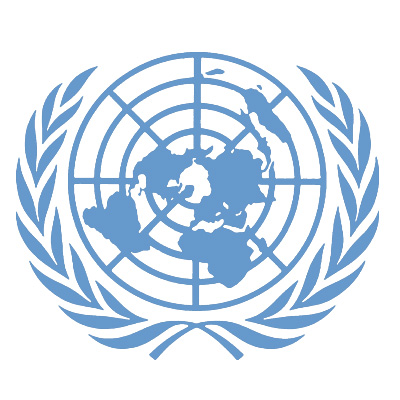I decided to look at the Kamloops Indian Bands website in some more detail. The Kamloops Indian Band or the Tk’emlúps Indian Band are one of several groups that are part of the Secwepemc (Shuswap) nation.
Their website can be viewed below:
Tk’emlúps is the Secwepemc word meaning “where the rivers meet” because their territory is at the meeting of the North and South Thompson rivers. The fact that the Kamloops Indian Band (KIB) now has changed its name on its website to Tk’emlúps shows how progressive they are. Perhaps they are trying to redefine for themselves what was taken during colonialism by changing their name. The website refers to Tk’emlupsemc territory. I did some checking and their legal name according to the Government is still KIB.
The website is very extensive, well designed and contains a great wealth of information. This site is divided up into the following main categories:
- Our Story – contains history, news releases, past events, reports
- Social Sector – contains education, housing, finance, and other issues for member of the KIB.
- Lands, Planning, Resources – This is the government part of the site that deals with plans, land, leasing, by-laws. These links are partly for land leases and administrational uses.
- Events – upcoming events to participate in
- There also links for the Chief and council and a secure login link for band members.
[youtube]https://www.youtube.com/watch?v=0FTpilejpQM[/youtube]
[youtube]https://www.youtube.com/watch?v=MSaGo1Sk-Xo&feature=related[/youtube]
One thing I have noticed is that there is not alot of information on information on Secwepemc history on their website. They only have a few paragraphs and these are not critical of colonialism. In-fact, so far I have not found any parts of the site to contain information that is critical of the way the dominant culture historically teated the Secwepemc people. Why? I am not really sure, other than the front page has a focus on business development. I am also not seeing any maps showing their territory. I can’t help thinking that this has to do with something the Howe (1998) mentioned: publishing information on the web may hurt you case in court over unsigned land-claims.
There is a link to the Secwepemc Museum on their site that takes you to http://www.secwepemcmuseum.com/. Here we find a little more detail on the culture; but again, I find little that is critical on whites. Again I have to ask why?

